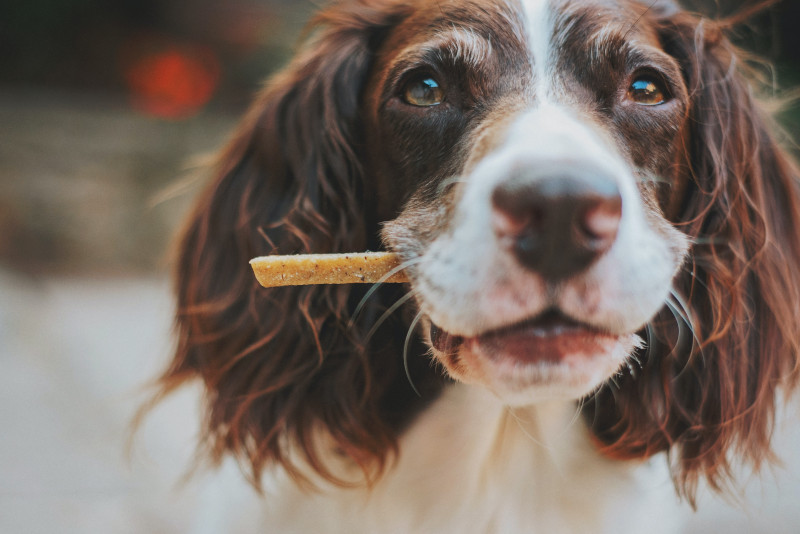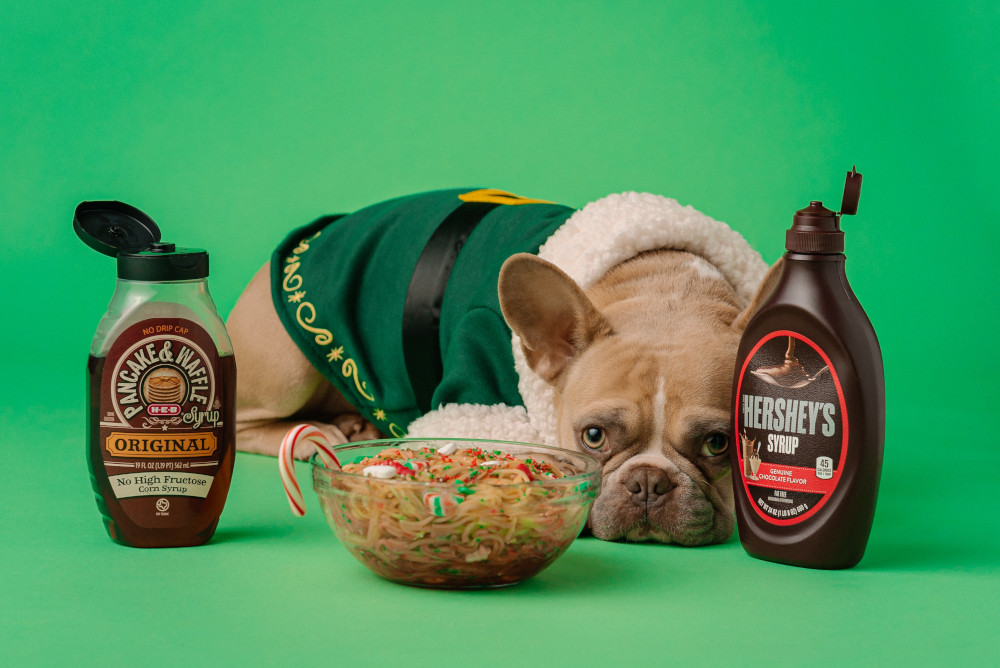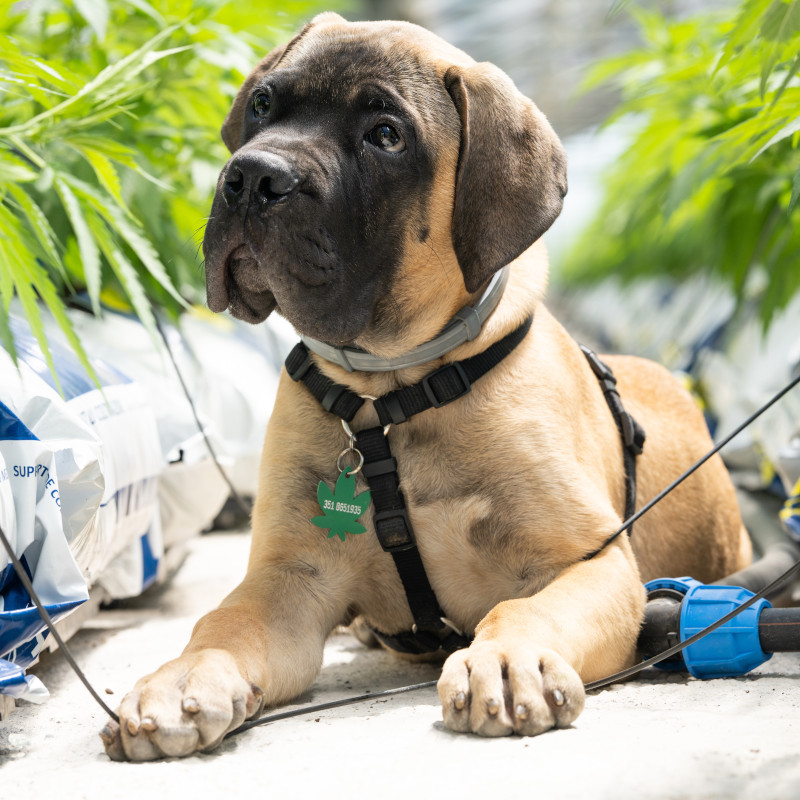
“Chocolate is extremely dangerous for dogs and consumption can cause severe illness, or in some cases death. Chocolate is toxic to dogs because it contains a chemical called theobromine, which they cannot metabolise in the same way humans can.

Theobromine is the main toxic in chocolate, and it’s extremely similar to caffeine. Both chemicals are used as a blood vessel dilator, a smooth muscle relaxant and a heart stimulant in humans, but dogs aren’t able to process these in the same way. Dogs are much more sensitive to the effects of these ingredients.
How much chocolate is poisonous to dogs?

Every chocolate bar is different, with varying amounts of theobromine. The darker and more bitter the chocolate, the greater danger it poses to your dog. An example of a highly concentrated chocolate is baking chocolate as it contains 130-450 mg of theobromine, whereas the average milk chocolate contains 44-58 mg.
What to do if a dog eats chocolate?

There are some factors you have to consider when you discover your dog has consumed chocolate. These include what kind of chocolate it was and how much was eaten. Once this has been gathered, contact your vet as soon as possible for advice, whether this is your standard practice or an out of hours service.
What does chocolate do to dogs?

The effects of chocolate on dogs can be fatal. Signs and symptoms can differ in severity, depending on the type of chocolate ingested. Your dog may experience the following:
In severe cases, your dog could experience muscle tremors, seizures and heart failure. Dogs can also experience complications from vomiting, such as aspiration pneumonia.
How much chocolate can a dog eat?

Any consumption of chocolate can be toxic to dogs, but approximately 500g of milk chocolate is poisonous to a dog that weighs 10kg. The average chocolate bar contains 56g-85g of milk chocolate.
Whilst many of us will be enjoying chocolates and sweet treats this year, it’s important we keep an eye on the dogs in our household and keep them safe this festive season.”